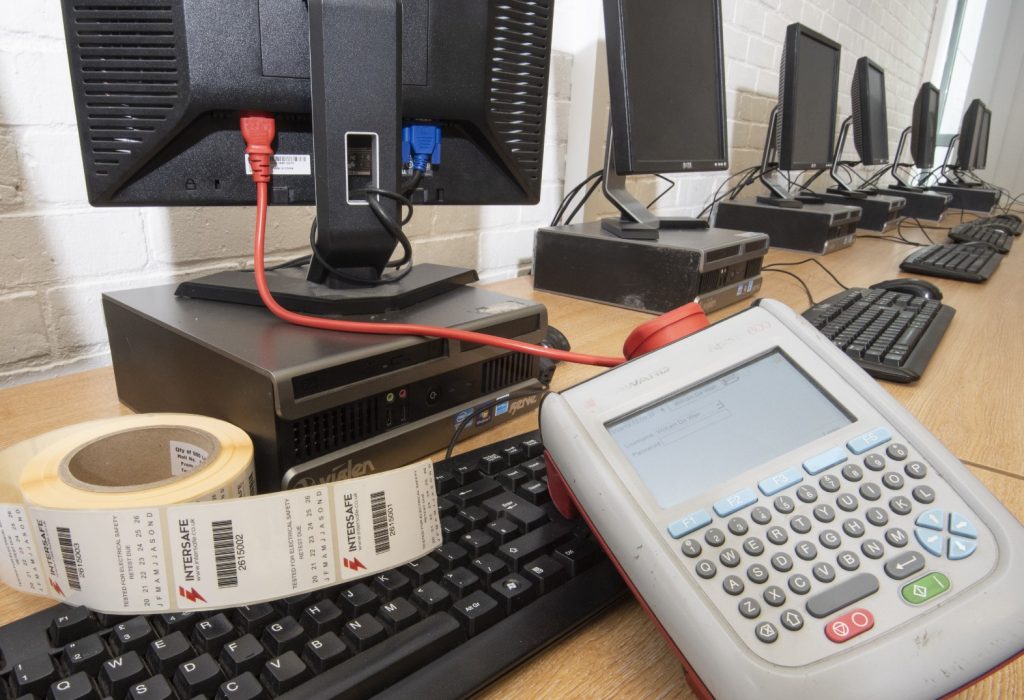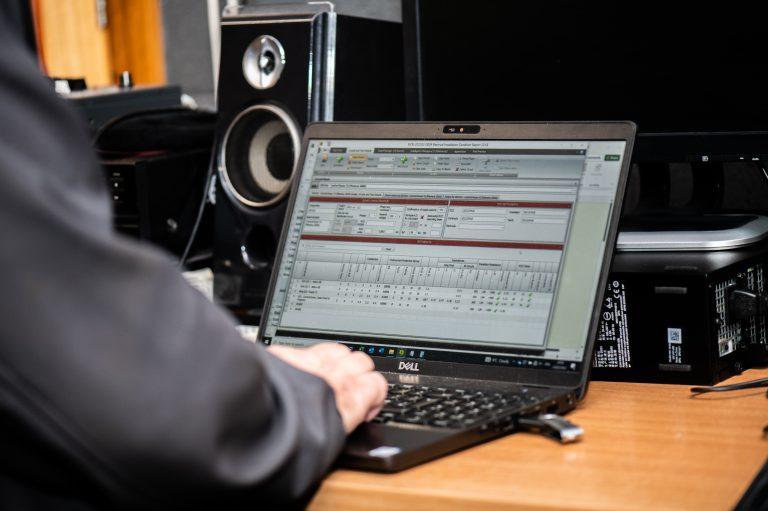A question we are frequently asked is “Is PAT testing a legal requirement?”.
The Legal Requirements
There are a number of requirements and regulations which all organisations must conform to including the Health and Safety at Work Act of 1974, Electricity at Work Regulations of 1989, Provision and Use of Work Equipment regulations of 1998 and the Management of Health and Safety at Work regulations of 1999.
In summary, these laws, enforceable by the HSE, require that an organisation takes reasonable steps to protect the health, safety and wellbeing of its employees, customers and visitors.
This includes properly maintaining, inspecting and testing any electrical equipment.
How does PAT testing satisfy these legal requirements?
Whilst there is no law that states every appliance must be PAT tested, completing Portable Appliance Testing is the easiest way for an organisation to prove compliance with these above legal requirements and regulations.
PAT testing is conducted on all electrical items which are plugged in (i.e. not hardwired into the building’s electrical circuits) even if they are heavy and not really portable – such as vending machines, printers and even plant machinery.
PAT testing checks for faults which are potentially dangerous, such as failed insulation, perhaps from damage to power leads resulting in exposed live wires, over-heating caused by incorrect or faulty fuses (which happens alarmingly regularly) and which can lead to internal parts melting and causing short circuits or fires.
Damage can occur to portable appliances even when they aren’t used, with dust and dirt building up internally. Equally, regular usage invariably results in physical damage as well as wear and tear.
What is Involved in PAT Testing
PAT testing needs to take place on every item, not just a sample, and should also include items tucked away in storage cupboards which are not regularly used.
Every item receives a visual check as well as a series of electrical tests using PAT testing equipment, specifically designed for this purpose. This does require each item to be unplugged, which naturally could cause significant disruption to the workplace.
Intersafe will work closely with you to develop a testing schedule which takes advantage of quiet periods to minimise operational disruption. Find out more about our PAT Testing approach.
Evidence of Compliance
Once PAT testing is completed by a reputable testing specialist, you should receive a comprehensive report, listing all of your portable appliance assets, cross referenced with a unique barcode and item-specific test-results proving that they are operating safely. You should keep this report in order to provide evidence of compliance with the relevant Health & Safety legislation. Intersafe issue all test results via our secure, online Client Portal which facilitates easy storage and access.
In addition to regular, professional PAT testing testing, all workplaces should encourage regular visual inspections which can be carried out by the appliance user. A system or process should be in place to enable all employees to report observed damages (such as cuts in an electrical cable, melted areas on plugs or scorch marks) to the most appropriate person, who should keep a record of such reports.
Does your business need PAT Testing? Contact Intersafe




